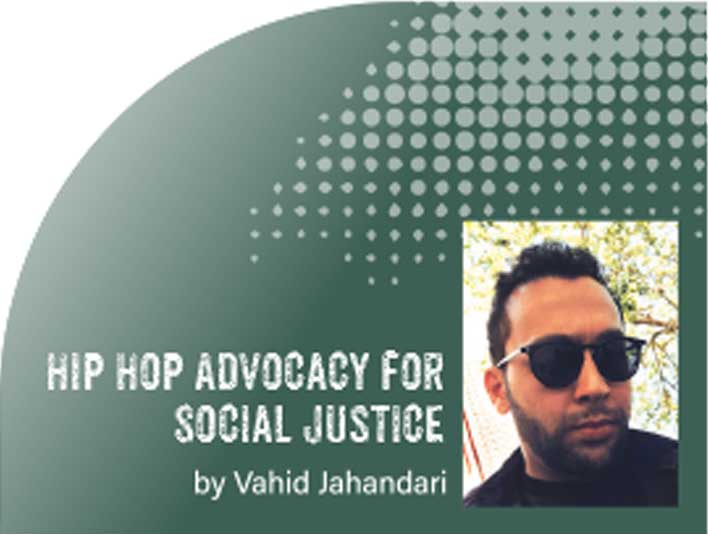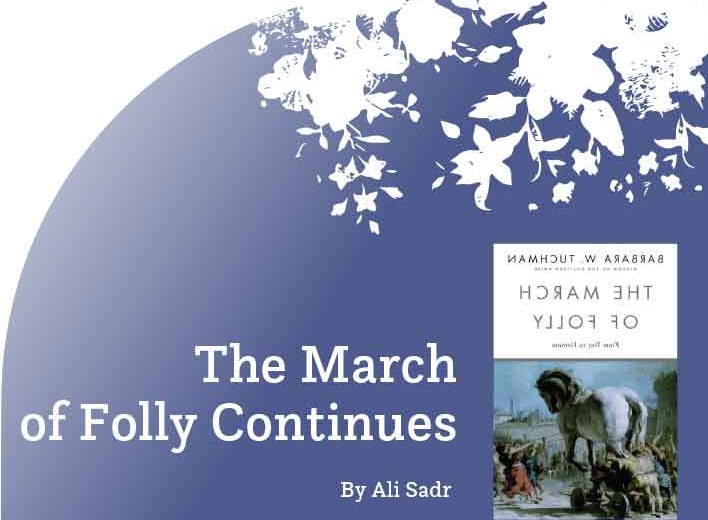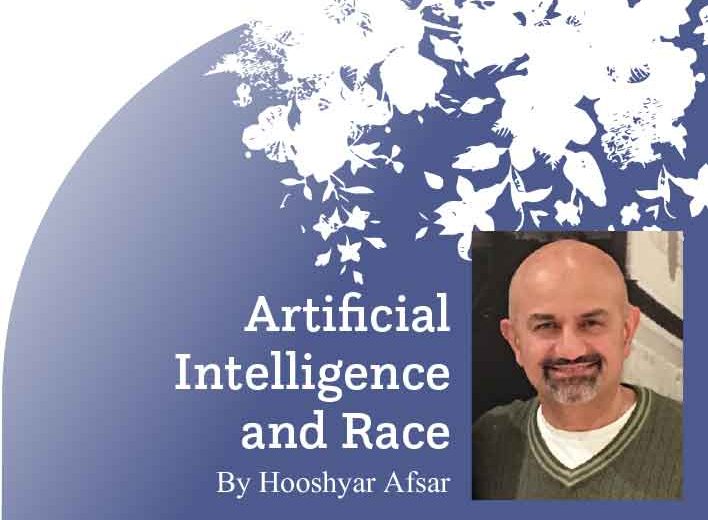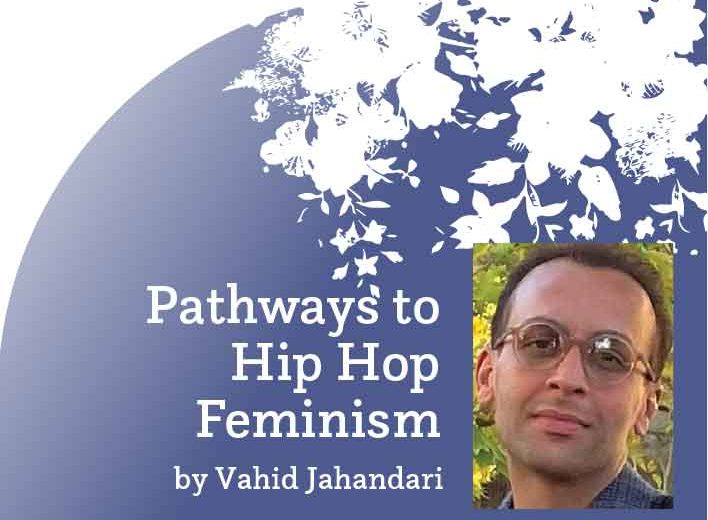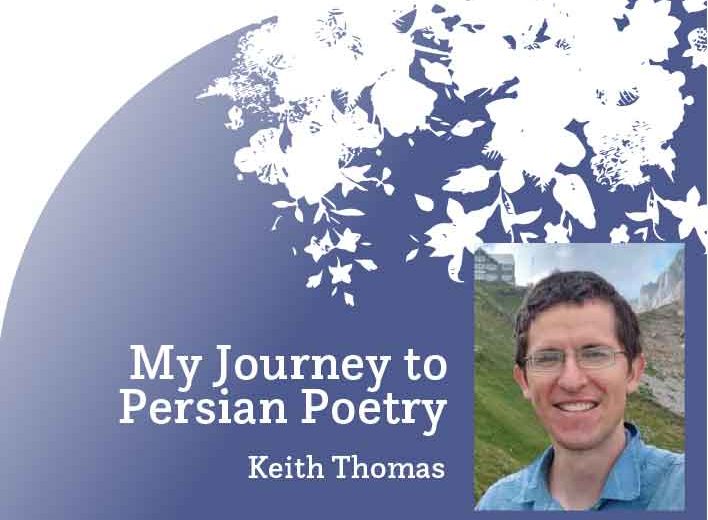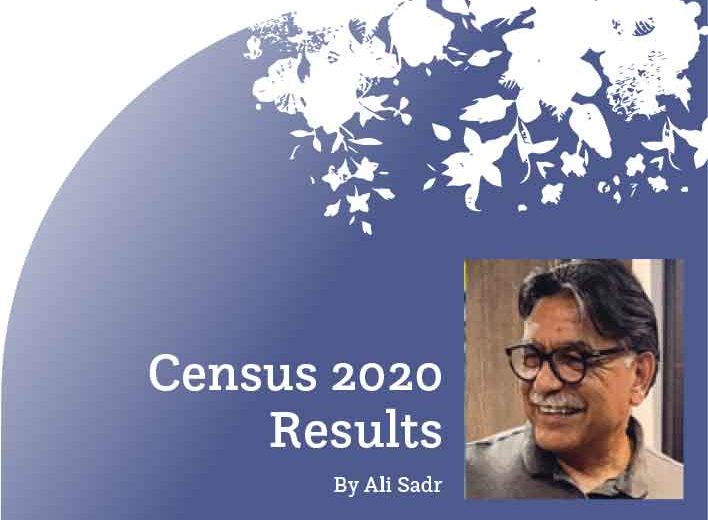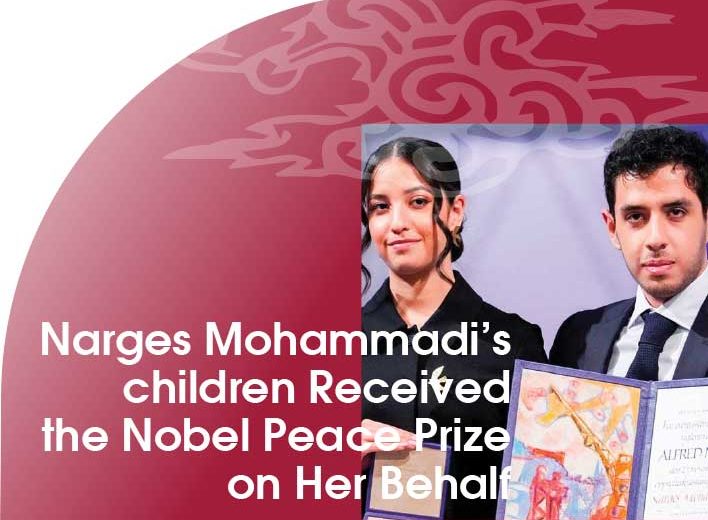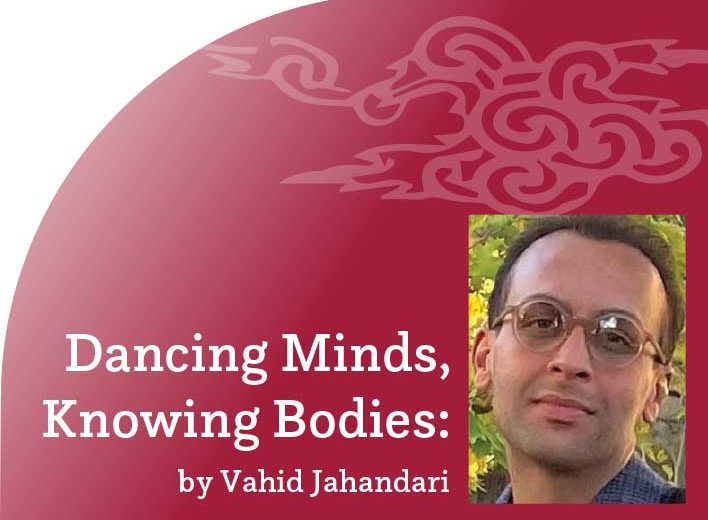Hip Hop Advocacy for Social Justice
By Vahid Jahandari
Scholars have debated the relationship between music and social justice for centuries. There has rarely been a consensus over the ethics of hip hop, its virtues and vices. In this article, I explore the role that hip hop can play in agendas of equity. I aim to continue exploring familiar subjects, such as the impact of protest songs and humanitarian artists, which I wrote about in the previous issues of Peyk in the context of Shervin Hajipour’s revolutionary song, “Baraye,” and Toomaj Salehi’s solitary endeavor for freedom of expression.
Political resistance, diplomacy, and community formation have been among the key aims of hip hop since its inception; hip hoppers have primarily used their artistry to fight against oppression and encourage fair treatment. My commitment to hip hop scholarship and education was born out of a shared interest, knowing that hip hop has always been dismissed by politicians worldwide. Saying that, I do not mean to overlook the failings of hip hop over the past four decades for glorifying money, drugs, and violence, to mention a few.
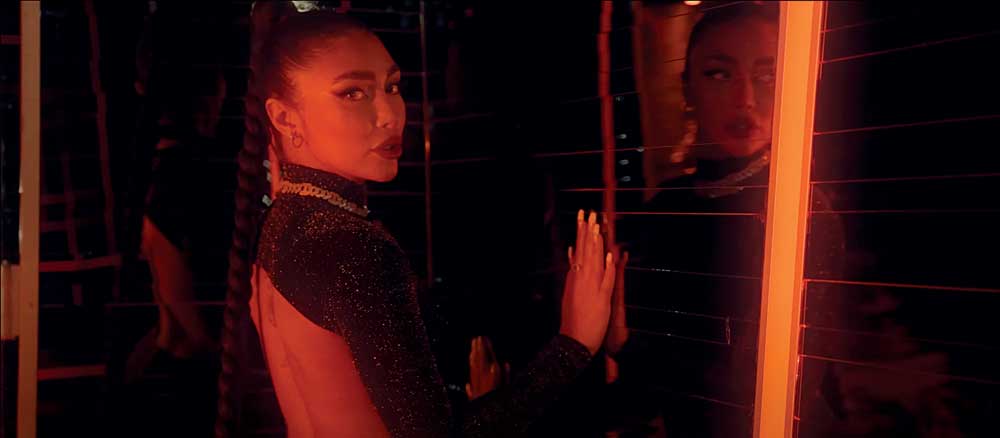
The Failings of Hip Hop
The graphic depictions of sex, domestic abuse, and homicide in many music videos are problematic. The East Coast-West Coast feud was a huge topic in the 1990s, with the deaths of Tupac Shakur and Biggie Smalls causing more controversy surrounding the nature of hip hop. Explicit lyrics that engage in misogynistic attitudes or sexually explicit themes are becoming more frequent among Iranian rappers, ramified in all forms of packaging for commercial success.
Sasy Mankan, one of the most popular artists in the field, has built up his portfolio by appropriating visually exotic elements from the global culture and superficially incorporating them into his music videos. Cultural appropriation to this extent is not new in Iranian popular music—Tehrangeles musicians such as Black Cats strategized these methods of unacknowledged adoption in the 1990s, which on its own was a hopeless reaction to American influencers like Michael Jackson. I found listening to Sasy’s lyricism uncomfortable for his way of objectifying women, though some may argue that what Sasy does is the reality of urban life. However, perpetuating a culture of sexism and portrayals of gender stereotypes are the actuality of these songs.
Emerging male artists in commercial videos are depicted as financially successful, displaying luxurious houses, jewelry, and cars. This portrayal of masculinity is based on competitiveness for sexual appeal in greater society. Various social forces may contribute to this one-dimensional depiction—on the one hand, patriarchal and capitalist values, and on the other hand, these songs are understood to be primarily listened to by certain groups in the lower class, and elites are certainly not in those categorizations. As the music industry desires to maximize sales by attracting the largest audience, counter-cultural behavioral patterns are situated for feeding the oppositional interests of fans. Alongside these struggles, an expansion of political activities as well as a surge in hip hoppers’ participation in social movements has been witnessed.
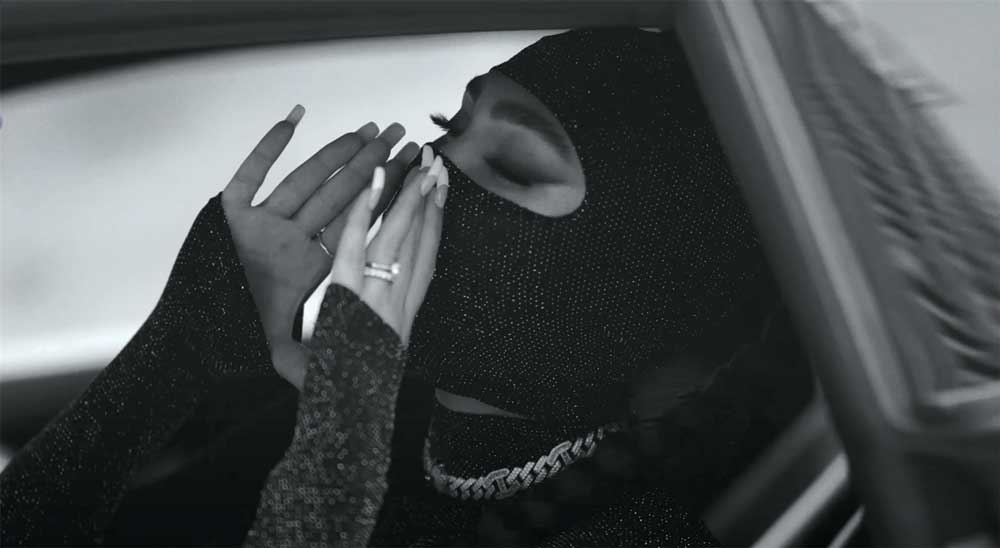
Social Activism: Yas, Bahram, and Sadegh
Hip hop has the capacity to spread information, raise awareness, and promote action. People listen when hip hop gets political and avoids stereotypical mainstream packaging. Hip hoppers demand the media take the concerns of invisible communities seriously. Economic hardship, employment discrimination, and inadequacies of the educational system have been frequent debates in many songs released over the past few years by Yaser Bakhtiari (known as Yas), Bahram Nouraei, and Sadegh Vahedi.
It is common for Iranian rappers to forge a connection with ancient Persia to empower the youth, through self-determination and discipline, to overcome obstacles and cope with disappointment by relying on their cultural inheritance. Referencing a divine power such as Ahuramazda when going through tough times is a source of inspiration these rappers frequently draw on to empower their listeners who advocate for the heritage of ancient Persia during difficult times.
Since the start of the Woman, Life, Freedom movement worldwide, I noticed an expansion in the use of symbols drawn from ancient Persia among the protesters, particularly the Shir o Khorshid and Derafsh Kāviani flags. These two symbols strongly signify certain values commonly shared among the Iranians. The use of the Shir o Khorshid flag by the time of the Pahlavi dynasty was representative of a civilization that exceeded thousands of years of history marked by excellence and influence, exemplifying the spirit of peace and unity with all nations around the globe. The 1979 revolution followed a substantial decline in the progress of this extraordinary heritage.
The Derafsh Kāviani flag is a reference to Kāveh the Blacksmith, a 5,000-year-old figure in Persian mythology who leads a popular uprising against a ruthless foreign ruler. The story of Kāveh is narrated in the Shahnameh, the national epic of Iran, by the 10th-century Persian poet Ferdowsi. According to ancient legends, Kāveh launched a national uprising, expelled the foreign hand of oppression, and re-established the rule of Iranians. While uprising, Kāveh raised his leather apron on a spear as a symbol of unity. This flag is known as Derafsh Kāviani and later became the symbol of sovereignty for hundreds of years until captured by the Arabs during the Islamic invasion following the defeat of the Sassanids in 636 CE.
There is a good reason for rappers to find these symbols practical for their aim to speak up against injustice. The ideology that these symbols immediately speak through the listeners is self-determination to push forward despite the undesirable circumstance.
Feminism and Queerness
The arrival of religion to Iran after the Sasanian Empire, the last Persian empire before the early Muslim conquests of the 7th–8th centuries AD, led to open discrimination against women, as has been the case to this date, especially after the 1979 Islamic Revolution. Feminist hip hop has formulated an agenda to improve women’s condition in a male-dominated society. The success of 021G and many other female rappers is primarily due to their oppositional work for equal rights and social justice.
In popular culture, rappers have been vocal more than any other contemporary form of artistic expression. However, the way rap is discussed by detractors as “purely destructive” or “evil” is fundamentally linked to the larger social discourse on methods of mind control and dark psychology. Hoppers have a history of assisting in uprisings by releasing songs reflecting on incidents that negatively affect humanity in real-time. Such songs then become nostalgic soundtracks for reminding the involved generations to transition from one Law & Order mode to another. The existence of Persian hip hop is a form of protest on its own, as everything it embodies is in direct counter-position to the regime’s propaganda organs.
Currently, hip hop maintains its place as a mechanism that continues to promote resilience. In his interviews, Toomaj advocated for those who are voiceless and shared his journey despite ongoing difficulties. Säye Skye is a rising transgender rapper who has discussed various topics within LGBTQ+ studies, including queerness in Iran. Rapping is merely one element of hip hop culture and life. Hip hop must be viewed as a transdisciplinary medium—every non-musical aspect of it demands substantial research. Homophobic attitudes and derogatory language persist in some corners of the world and many queer artists still face marginalization. Säye Skye’s songs celebrate queer love, creating a more inclusive space within the hip hop community in Iran.
Gangsta Rap: Hichkas and Toomaj
The capital of Persian hip hop is Tehran, though producers are active all over the country. Many rappers discuss what it is like to grow up poor in the capital city and confront everyday hardships, including crime on the streets, to sound most relatable to their audience. My previous articles analyzed Persian hip hop through the lens of authenticity, terminology, and cultural hybridity. I provided examples of songs from Hichkas, Toomaj, and other rappers within the Gangsta rap subgenre.
That being said, there is a misconception regarding the potential of consuming masculine narratives in rap music in the sense of the “appropriate” male identity. Despite the widespread belief that such narratives may perpetuate false ideas of masculinity and traditional gender roles, further research is needed to understand the relationship between these factors as many male artists are simply being authentic to their sense of self.
Ideals of masculine behavior and physical appearance for female desirability are grounded in broader socio-cultural comparison interpretations and are not exclusive to hip hop. Separating the organic expression of gender in the male-dominated medium of hip hop is impossible as it is the “authentic self’’ that the artists aim to bring to the songs. The positionality of every listener in relationship with their gender expression is not misled to any degree due to engagement with these rappers.
Gangsta rap was always the uncensored sound of disadvantaged neighborhoods, offering insightful social commentary through its subtext. However, politicians have always viewed it as threatening and, compared with other music genres, rap is denied a status of legitimacy. It is clear that themes of violence, crime, and sexuality are not limited to any particular musical or artistic genre. For instance, Hollywood is invested in making movies that are brutally horrific for entertainment purposes, displaying awfully violent scenes. However, the fact that the film industry has been historically organized by white producers and made tremendous financial business through mass advertisement for perpetuating “global aesthetics” has immunized it from any “legitimate” criticism.
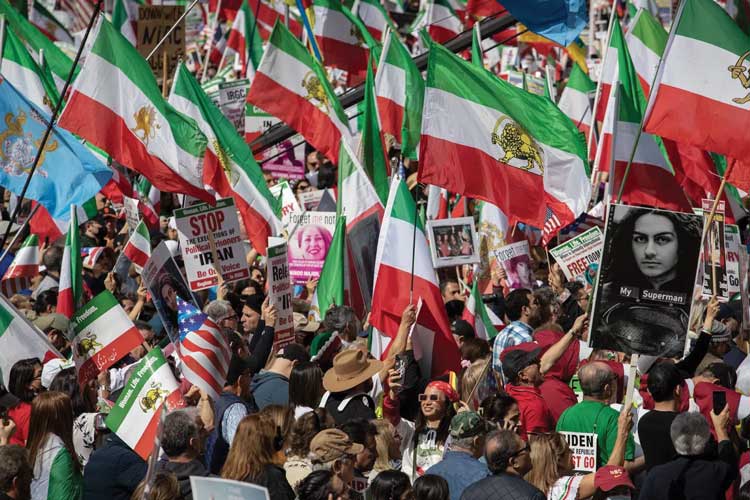
Hip Hop Pedagogy
Demeanors predominantly based on white privilege and status, which manifest in numerous forms, are the official conduct of higher education in the United States. The idea of diversity and inclusivity is kept to a minimum since the fact that people of color are allowed in classrooms is still a tolerated policy by deeply rooted conservative views on nationalism. In order to progress in this educational system, non-white students need to go through an endless struggle that often ends up giving up at some point or being forced to change direction and career trajectory.
Feminism, queerness, and many other trends in today’s society—though they may sound liberating and reaching toward inclusivity—are regularly abused by white educators, scholars, staff, and administrators for justifying hostility against the most vulnerable groups, the minorities. White employees, including faculty and staff, and students have found these imperfect policies the most suitable to jeopardize students of color by false claims and reports in order to sabotage their chance for education. In fact, the Title IX Office, Student Conduct & Conflict Resolution, and many similar offices in universities have the politics of accommodating it.
“Hip-Hop and Dismantling the School-to-Prison Pipeline,” published by Peter Lang Publishing, Inc. in 2020, is a book dedicated to all the youth who are overtly or covertly and intentionally or unintentionally pushed out of school because of racism, ableism, sexism, classism, and other practices, for the policies that “officially” say those youth drop out rather than are pushed out or are bullied rather than victims and survivors of white oppression. I recommend this book for anyone interested to learn more about hip hop as a culturally-informed medium for trauma-focused cognitive treatment.
To end segregation, we must dismantle stigmatization, which is the first repressive tool employed by those in dominant positions to marginalize a group of people. Hip hop pedagogy is rooted in radical social justice education and activist commitment.

